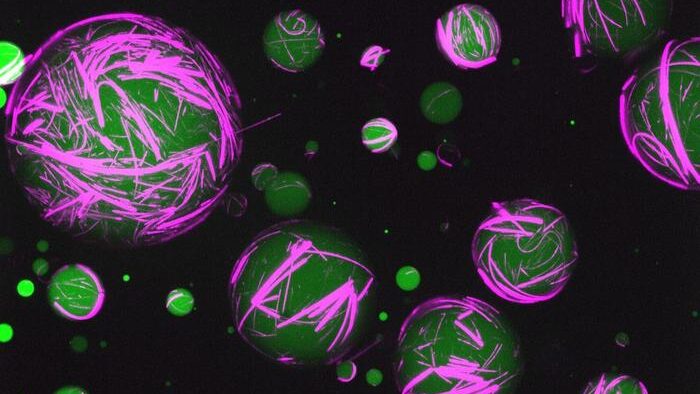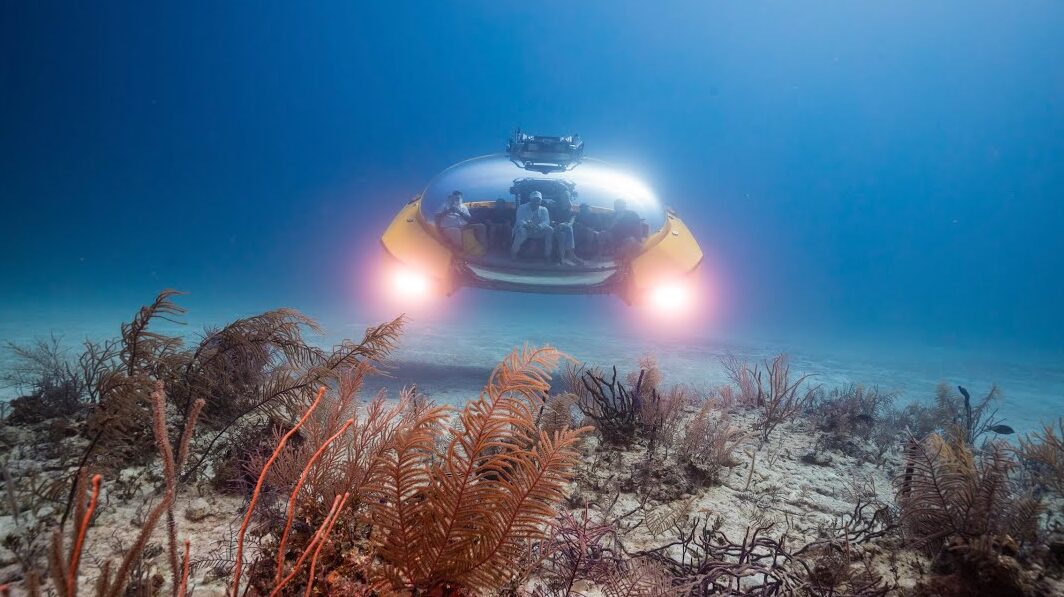By Charles Carter, 30/09/22
Non-profit foundation The Ocean Cleanup has unveiled a concept of the third iteration of its ocean rubbish collection system which is three times bigger than its previous contraption.
They have so far harvested over 100k kilograms of plastic from the Great Pacific Garbage Patch (GPGP) with System 002, but their models suggested they would need 50 systems to clear the entire patch, which would be too costly.
With System 03 they estimate they would need only 10 systems, giving a much healthier cost per kg of plastic recovered and making the endeavor economically viable.
The GPGP is situated between California and Hawaii and is roughly three times the size of France.
They aim to remove 90% of floating ocean plastic by 2040, which includes the other four ocean garbage patches they are currently mapping in detail.
How does it work?
System 03 consists of a 2.5km net ribbon, with a depth of 4m, each end of which is attached to a vessel. The vessels position or drag the net into a giant U-shape to encircle and capture floating garbage.
As the vessels and net move relative the garbage flow, plastic makes its way along the net to bottom of the U, half way along the net ribbon.
A net pocket or retention zone is located at this point, where all the garbage accumulates.
When the pocket is full, a third vessel drags it onboard and empties the garbage on deck. The vessel then travels to a port in Canada to offload the plastic for recycling, change crews and collect supplies.
Drones operated by partner Oceans Unmanned provides surveillance to help locate hotspots of floating garbage and optimise the operation.
Ocean Cleanup expect System 03 to be fully operational by Q2 of 2023, following a series of upgrades to System 002.
What are the potential benefits?
Every year about a million tons of plastic pollution enter the world’s oceans, killing marine life.
According the WWF (World Wide Fund for Nature) the GPGP affects 1 million seabirds and 100k marine mammals every year, as well as many other species.
Plastic bags and other objects have been found in the stomachs and respiratory systems of turtles and other marine animals causing poor health.
And abandoned fishing nets and other equipment can trap dolphins, porpoises and whales too.
Humans are also affected through microplastics and nanoplastics entering the food chain, the latter having the ability to enter muscle tissue, which is a health concern.
The longer plastic is left in the ocean to breakdown the more micro and nanoplastics will enter the food chain.
If The Ocean Cleanup are successful, the impact will be immense for the health of the planet.
Questions for you. Comment below
- First thought that comes into your head?
- Pros and cons according to you?
- Other applications of this approach?
- What could this be combined with?
Links
https://theoceancleanup.com/updates/transition-to-system-03-begins/
https://www.science.org/doi/10.1126/sciadv.aaz5803
https://www.wwf.org.au/news/blogs/how-can-we-destroy-the-great-pacific-garbage-patch



